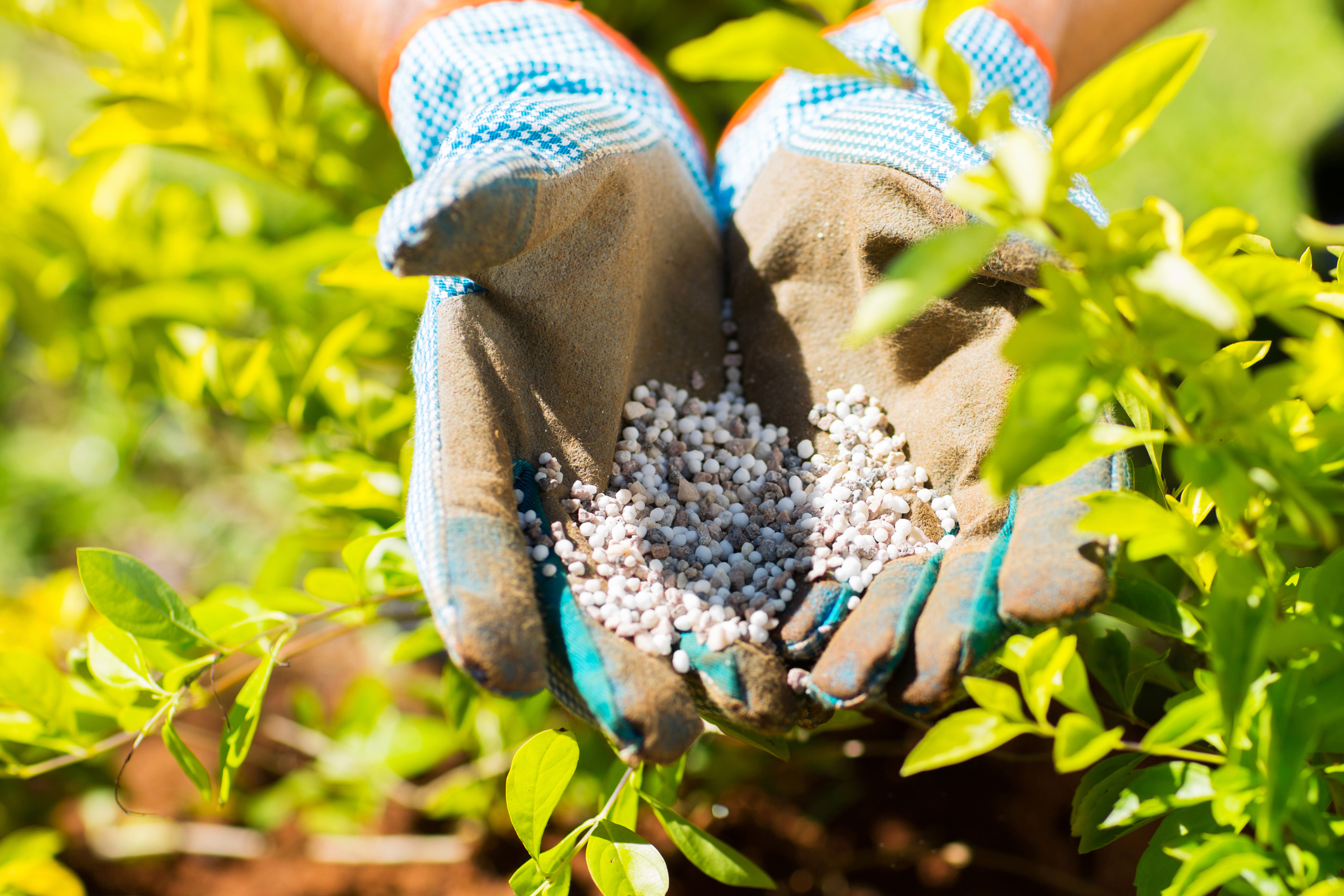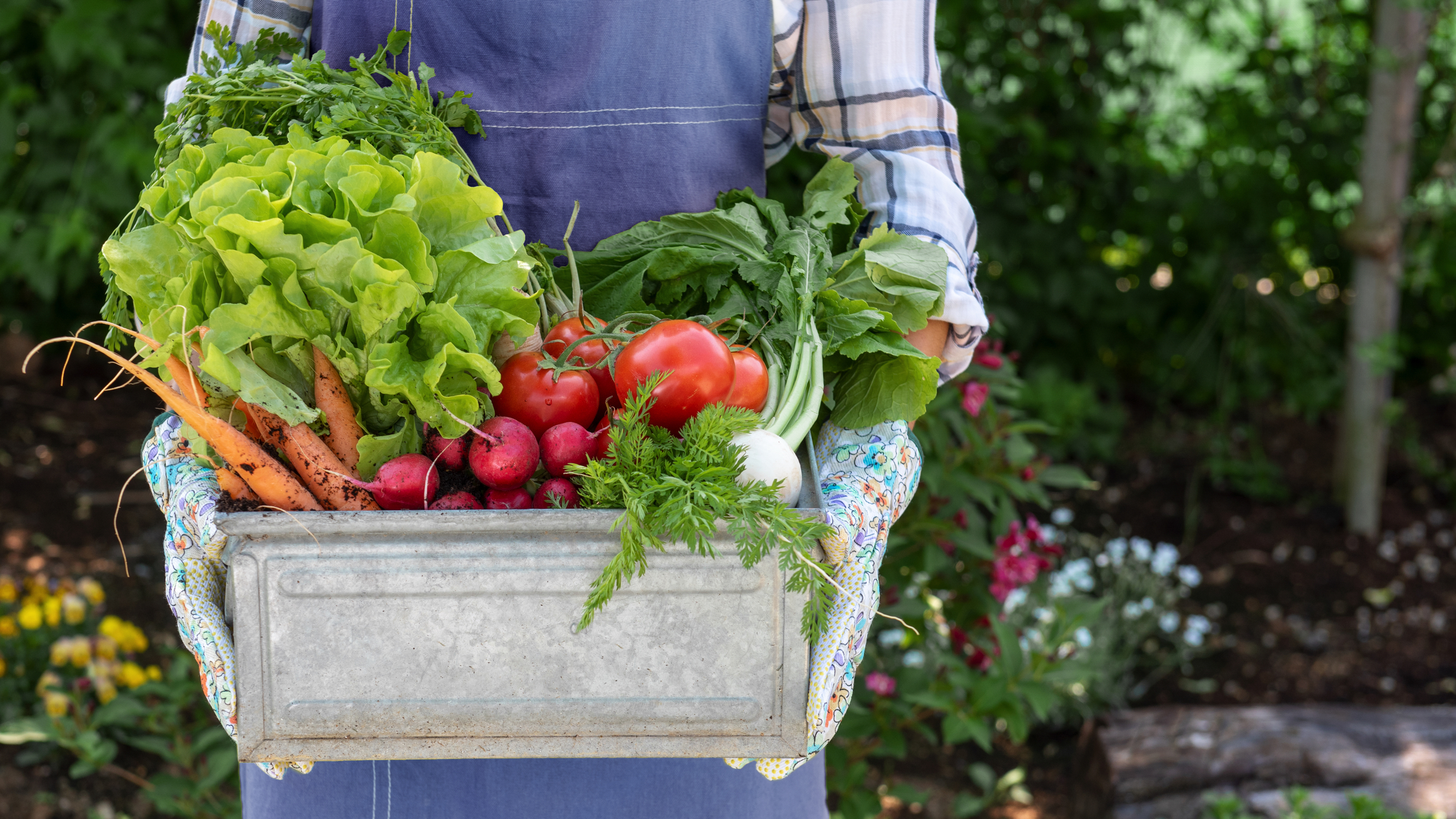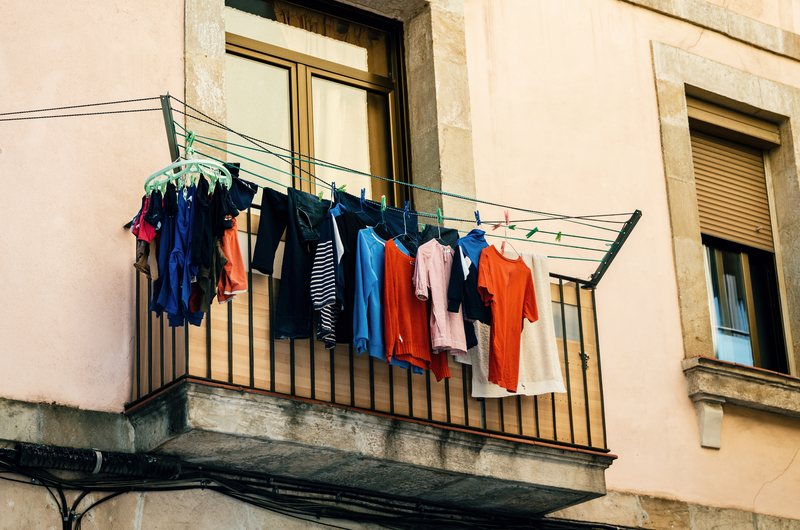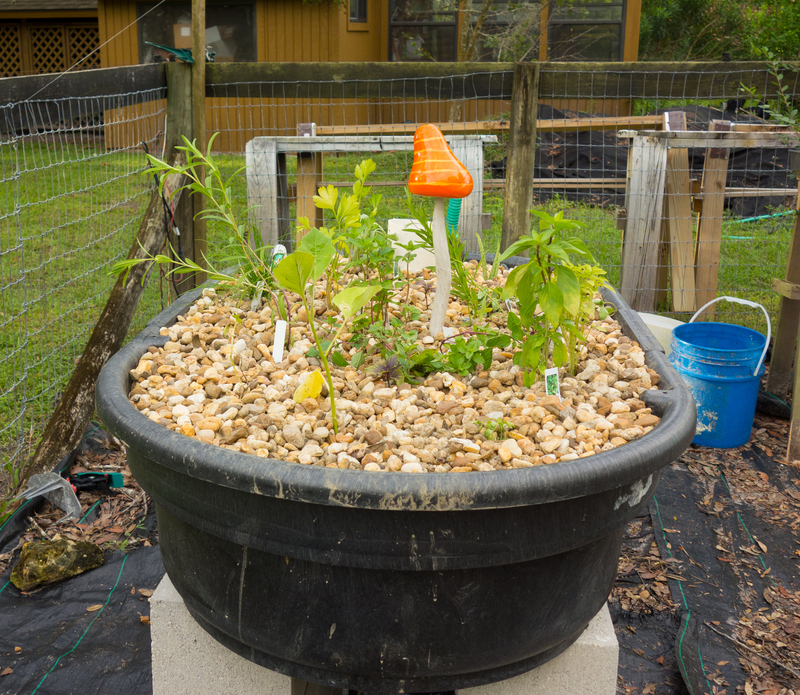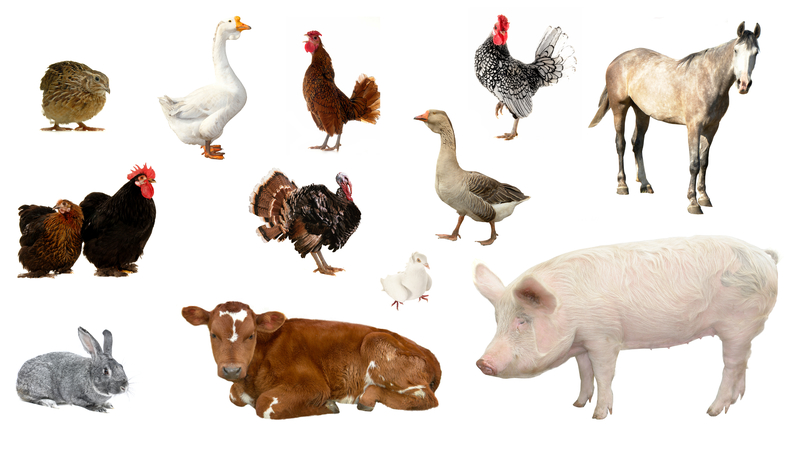5 Common Fertilization Mistakes
How much do you know about plant fertilizer? While your level of knowledge depends on your gardening experience, as well as how much research you’ve done on the topic, this doesn’t mean that you don’t make mistakes when applying yours. It’s very easy to use the wrong type of fertilizer, not mix it correctly, or … Read more

